Why do eggplant leaves curl and what to do?
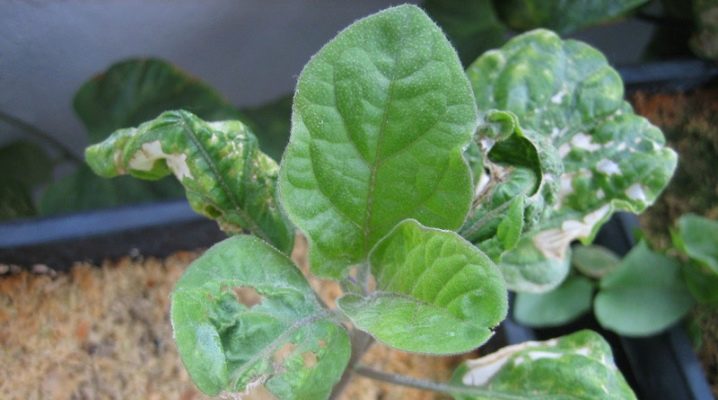
If you have planted eggplants on your plot, you should not forget about the basic rules for growing this crop. Otherwise, the vegetation will quickly begin to hurt and deform. Today we'll talk about why eggplant foliage can curl and what can be done about it.
Poor conditions and care
As a rule, curling of the plates in plants occurs due to inappropriate growing conditions and insufficient care. In this case, the cotyledon leaves can also be damaged.
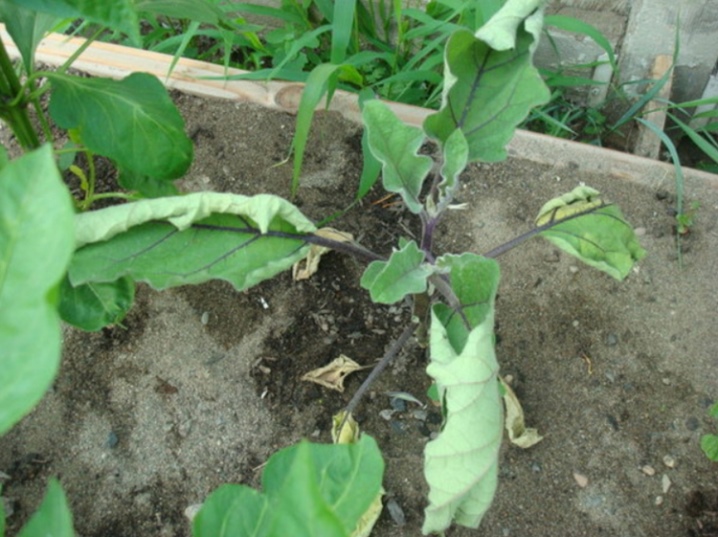
Insufficient lighting
Eggplant is light sensitive. They cannot grow and develop normally in insufficient light, therefore it is absolutely impossible to place such a culture in unlit or dark places.
Young plants need at least 12 hours of daylight. If necessary, you can use special phytolamps, they are placed at a height of 55-60 centimeters from the planting.
Most often, for this reason, the leaves deteriorate and curl downward in those eggplants that grow in open ground. A well-lit windowsill will be an ideal place for seedlings. But at the same time, you should not allow the sun's rays to hit. Otherwise, severe burns may appear on the sheet plates.
Seedlings can be planted in a greenhouse. In such conditions, the right amount of light will be provided, which is necessary for the healthy growth and development of vegetation.
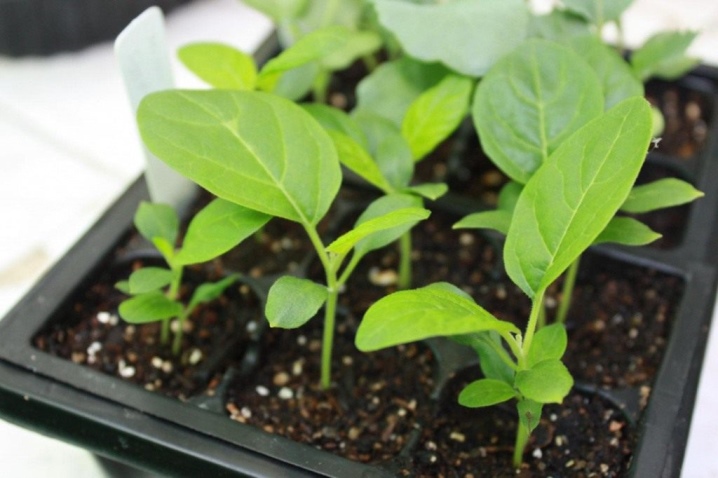
Deficit and excess of watering
During cultivation, excessive drying and waterlogging of the soil should not be allowed. Otherwise, young seedlings may simply die. With a lack of water, the leaves will first begin to wither, and then bend inward. In case of an excess, they will lose their elasticity, then they will begin to dry, wrinkle and curl up into a tube.
In order to prevent the death of eggplants, several basic rules must be observed:
- regular moistening of the soil as it dries up;
- use for irrigation only warm and settled water;
- periodic monitoring of the degree of soil moisture;
- compliance with a moderate irrigation regime.
Seedlings should be grown in containers that are equipped with small drainage holes. All excess water will go through them, this will prevent the process of rotting of the root system from an excess of liquid in the soil.
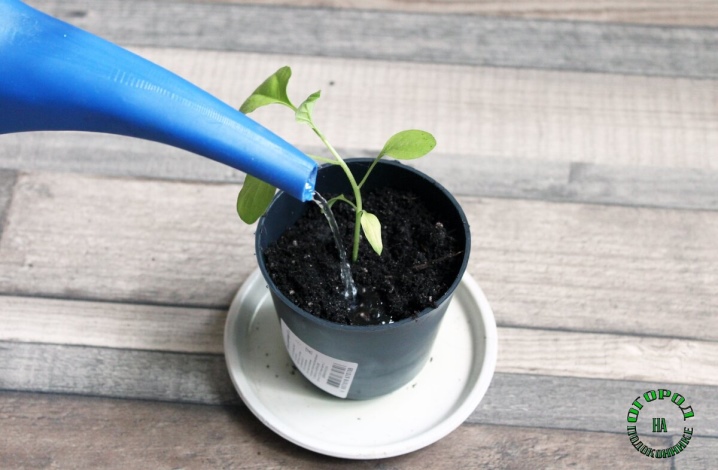
Lack of minerals
Lack of nutrients in the ground is one of the most common causes of leaf deformation in these vegetables. The soil should contain the required amount of phosphorus, magnesium, nitrogen and potassium. But an overabundance of these elements should not be allowed. This can be bad for young seedlings.
If the plants lack nitrogen, then the sprouts will begin to turn yellow. With a lack of potassium, the leaves will slowly curl upward. If there is a deficiency of phosphorus, then the leaves will bend at right angles to the stems.
It should be noted that potassium deficiency can also cause the leaf blade to begin to wrinkle. White spots may appear on some parts, over time they will begin to creep throughout the plant, as a result of which the foliage will simply quickly fall off.
Most often, a lack of minerals can be observed in greenhouses and greenhouses, since they, as a rule, have a limited space, and some plants can begin to take all the nutrients from the ground, leaving other bushes without them.In this case, the soil will quickly become poor.

The following ingredients are used to repair damaged eggplants.
- Ash. An excellent option would be a solution with 100-150 grams of ash. It is dissolved in 10 liters of pure water. Moreover, one such plant should account for about 0.5 liters of the finished composition.
- Superphosphate. This substance will strengthen the weakened vegetation. It is sold most often in the form of small granules. For 3 liters of water, there are 20 grams of these granules. Then add more liquid (7 liters). For each seedling, you need to pour about 50 milliliters of the finished mixture.
Ready-made fertilizers (Kemira, Agricola) are also used. But in any case, it is necessary to prepare medicinal compositions strictly according to the instructions.
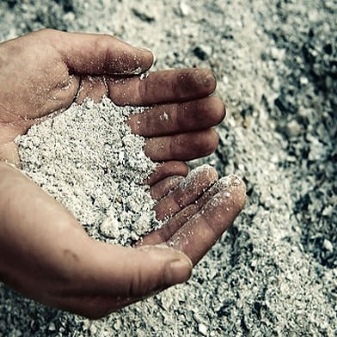
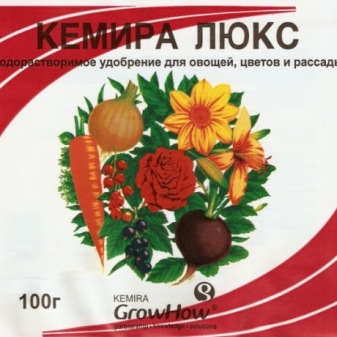
Soil salinity
Due to the excessive salinity of the soil, the processes of drying and wilting of seedlings occur. At the same time, the leaf plates begin to twist strongly. This result is most often caused by an increased content of mineral components in the earth.
To remedy the situation, you can pick the seedlings.

Pest control
Eggplant foliage can curl up due to the negative action of various pests. It:
- whitefly;
- tick (spider);
- aphid colonies;
- thrips;
- leaf roll.
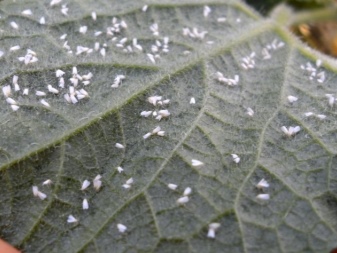
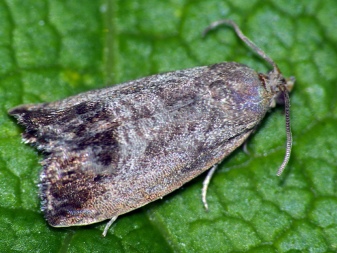
With a small number of such insects, you can use various folk tinctures. So, a soapy solution may work. To prepare it, take 100 grams of laundry soap for one liter of water. Beforehand, it is thoroughly crushed.
A good option would be compositions prepared on the basis of crushed garlic heads, onion peels, and tobacco. To destroy aphid colonies, it is better to make a tincture with calendula, celandine and tar soap.
If you find a large number of pests on eggplants, then for effective treatment, it is better to use ready-made chemicals (Karbofos, Aktara, Kleschevit, Aktellik, Fitoverm). Do not forget that such means should be used only in case of massive invasions of harmful insects.
If pests are found on vegetation, control should be started immediately. Otherwise, the culture will soon simply die.
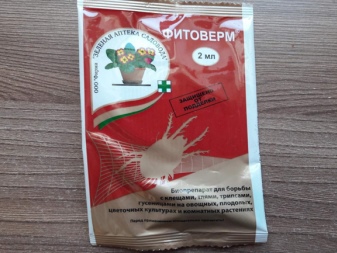
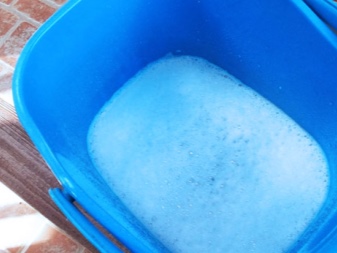
Prevention measures
To prevent curling of leaves on eggplants, it is worth remembering some preventive measures. Even before sowing seeds, you need to find the most suitable planting site. The soil should be fairly loose and nutritious.
You should not pick up too acidic soils. They should be neutral. To reduce acidity, you can use wood ash or dolomite flour. It is also not recommended to choose areas near which groundwater passes, as this can cause the development of fungal diseases, and they can also lead to twisting of the leaf plates.
During planting, do not place seedlings too close to each other. This can cause severe nutrient deficiencies in the soil.


To increase the immunity of the crop, it is better to pre-treat the seed with hydrogen peroxide. It is also recommended to pre-maintain it in a growth stimulator.
In addition, it will be necessary to regularly look after the plantings, including the timely introduction of nutritious fertilizing, this will prevent the depletion of the soil, the lack of minerals.
In the process of growth and development of culture, it needs to organize the correct lighting, the correct irrigation regime. You can add liquid only at the root. If the upper leaves of the eggplant begin to curl slightly, then for a start, you can simply shade the bushes a little from the scorching sun.
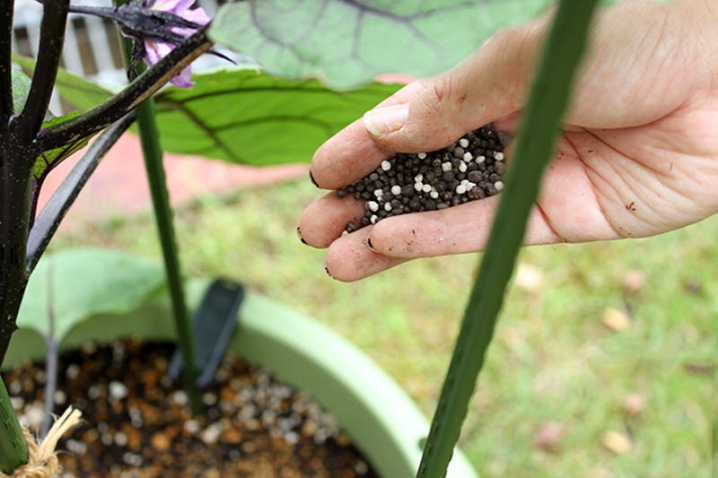
A timely picking procedure is also important. First, you will need to moisten the soil well in containers with young seedlings. This is done so that the vegetation can be removed more easily without damaging the root system.
After that, the transplant container is filled with soil. Seedlings are carefully placed there. The earth is lightly tamped. Moreover, before transplanting, it must be borne in mind that the cotyledon leaves placed below must be directed only upward.
Eggplants can also be periodically processed with folk remedies. Often, gardeners independently prepare soap, herbal tinctures. Spraying is best done with a spray bottle.
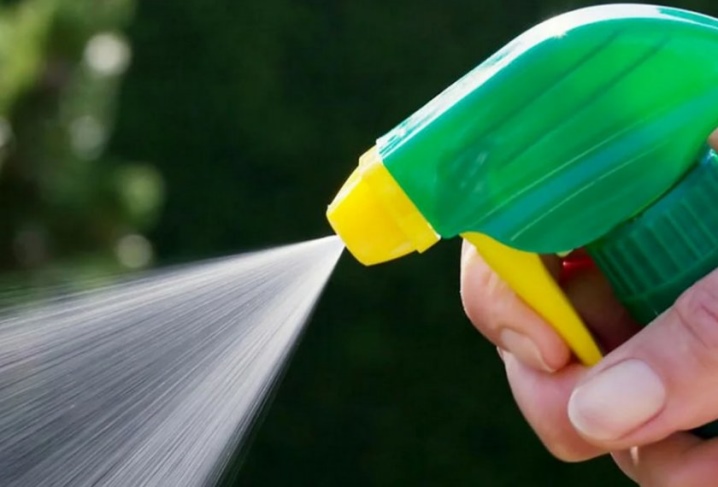













The comment was sent successfully.